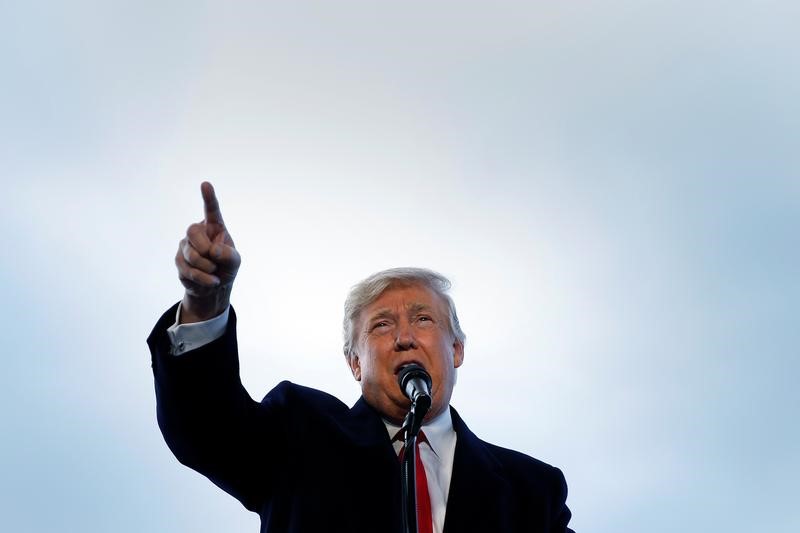What happens to stocks if AI loses momentum?
Investing.com -- Oil prices traded slightly higher on Friday amid ongoing concerns that there could still be a military escalation in the Persian Gulf following the attacks on Saudi oil infrastructure last weekend.
The New York Times reported earlier that Defense Secretary Mark Esper and Chairman of the Joint Chiefs of Staff General Joseph Dunford would meet with President Donald Trump later Friday to present possible options for military retaliation.
So far the U.S. has blamed Iran directly for the attacks, but Trump’s only concrete reaction has been to impose further sanctions on the country, a move largely dismissed as symbolic given that existing U.S. sanctions on the country are already strangling its trade and capital flows.
By 10 AM ET (1600 GMT), the November WTI futures was up 0.7% on the day at $58.52, roughly in the middle of the range they’ve settled into since it became clear that there would be no immediate military escalation. Brent futures, the international benchmark, were up 0.6% at $64.76.
U.S. prices may come under some pressure in the short term after heavy rainfall in Houston hit refinery activity. Exxon Mobil (NYSE:XOM) closed its 370,000 b/d Beaumont refinery on Thursday due to flooding. However, the floods have been nowhere near as severe as Hurricane Harvey two years ago, which knocked 4 million barrels a day of refining capacity offline.
Elsewhere, Saudi Aramco repeated its assurances Friday that it will have 11 million barrels a day of capacity back online by the end of the month, well above its current actual output level. However, reports that the country is buying Iraqi crude in order to help it guarantee its short-term customer obligations have left lingering doubts about the Saudi supply outlook.
Those doubts, in turn, create an incentive for others to full a supply gap, analysts say. Rystad Energy expects Iraq to raise its output by 30,000 barrels a day in response to the current situation.
Much is riding on the kingdom's ability to recover from the initial attack and protect itself from future ones.
"A sustained oil price increase of $10 - $20 per barrel could cut global growth by 0.1–0.2 percentage point," said IHS Markit chief economist Nariman Behravesh in a research note. "While the damage of an oil shock to the US economy will be much less than in the past, the harm to large net oil-importing economies such as China, Japan, and Europe could be significant."
Among other products Friday, gasoline futures were down 0.5% at $1.6929 a barrel, while natgas futures were up 0.4% at $2.547 per 10,000 MMBtu.
